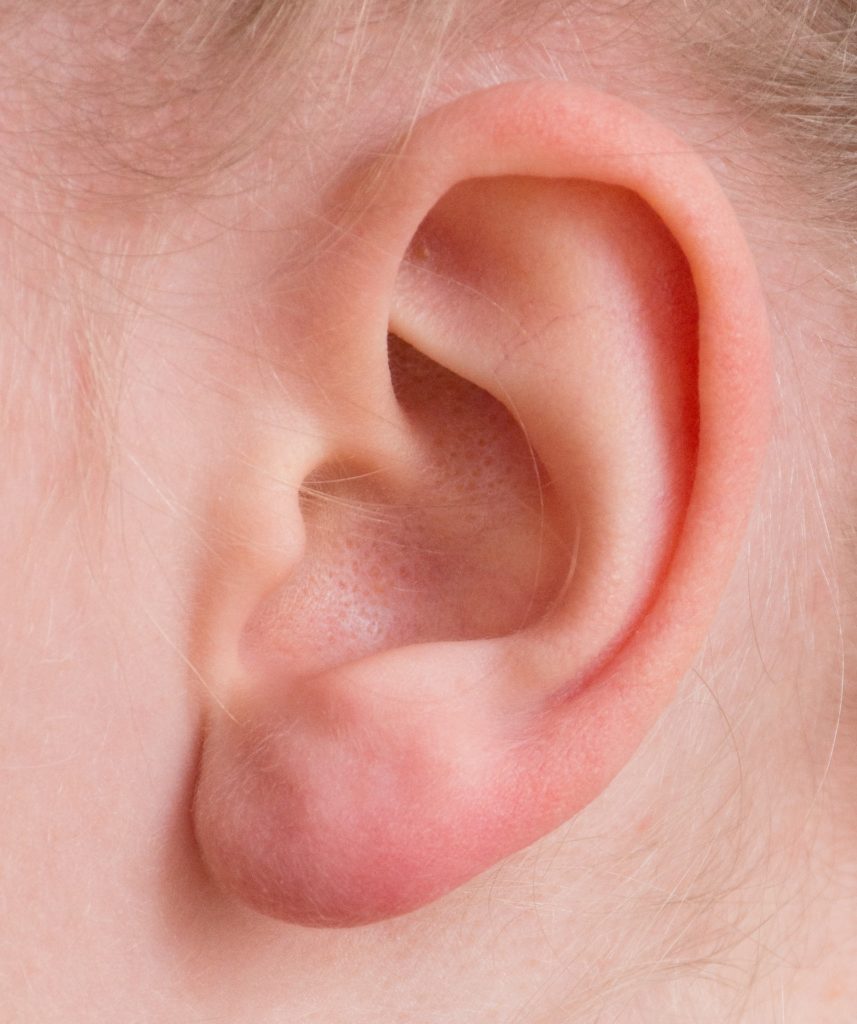How Hearing Aids Can Help Combat Loneliness and Isolation

As someone living with hearing loss, you may feel abandoned by society. Asking people to repeat themselves, withdrawing from social events and missing family gatherings can quickly make you feel lonely. Hearing care becomes a necessity.
Hearing aids can help you reintegrate with the world. Read on to discover how cutting-edge technology can transform your life.
Improved Communication
Hearing loss can leave those around them uncertain if their loved ones can hear them when speaking, leading to confusion and stress for both sides. Hearing aids help solve this problem by helping users understand what others are saying so that they can respond. They also reduce repetition between conversations, improving conversation quality and strengthening relationships.
Advanced hearing aids are tailored to adapt to various environments by adapting their sound profiles accordingly, which is known as signal processing and helps users better discern speech signals in noisy environments. Some models even include features to focus on one direction of sound which help reduce background noise, feedback or occlusion.
Behind-the-ear (BTE) hearing aids feature a small component that sits behind your ear with an clear tube connecting it to an earfitting that sits in your ear canal, while receiver-in-the-canal (RIC) models offer similar functionality but with much smaller receivers connected by almost invisible wires to tiny speakers that rest inside your canals; some models even provide features like telecoil switch for use when speaking on the phone without feedback, and situation switch for use when in noisy environments.
Less Loneliness
Lack of companionship and loneliness are detrimental to both physical and mental health, with depression, anxiety and suicide risks all being associated with loneliness. Studies also link it with cognitive decline and heart disease risk; treating hearing loss can provide the means to alleviate loneliness.
One reason people with hearing loss experience feelings of loneliness is due to difficulty communicating with those closest to them, leading to frustration and resentment when your message doesn’t get across clearly.
Hearing aids make conversation much easier with family and friends, whether at home or out and about catching the latest episodes of your favorite TV show. If both ears have hearing loss, consider getting binaural hearing aids – these devices help better understand those around you and foster more in-depth dialogues.
Experts agree that more research must be conducted into how hearing aids can alleviate loneliness; however, many have provided anecdotal evidence as to their positive influence in improving lives like Margaret Warren from Thornlie who no longer feels lonely thanks to receiving her hearing aids.
Enhances Your Senses
Hearing loss prevents many people from socializing because it prevents them from understanding conversations and participating in noisy environments. Hearing aids make socialization simpler by amplifying sound and reducing background noise – creating an enjoyable socializing experience and even increasing confidence by eliminating having to ask everyone repeatedly for repetitions of sentences or dialogue.
Hearing aids can also improve your balance, making you feel safer while walking or participating in physical activities without fear of falling and injuring yourself. According to studies, those wearing hearing aids tend to have better spatial awareness and remain more active – this may help combat mental health issues like depression.
Hearing aid specialists can recommend the device that best fits your needs. Conventional hearing aids typically use microphones to pick up sound energy, amplified signal processing amplifiers to increase their signal strength, filters and other devices for customized hearing environments and specific conditions or environments, including directional microphones which focus on sounds coming from one direction while attenuating background noise; other use digital circuitry that converts sounds waves into numerical codes before amplifying them; while still others use digital circuitry that converts sounds waves to numerical codes similar to computers before amplification occurs.
Your selection of hearing aid will depend upon several factors, including its severity and your lifestyle and activities, size and shape of outer ear canal and outer ear. There are various styles to consider such as receiver-in-the-canal (RIC), RITE or completely-in-the-canal hearing aids which may become blocked with wax over time.
Rediscover Your Favorite Movies and TV Shows
As someone living with hearing loss, watching movies may feel like an inconvenience. From home viewings and theater visits to friend’s houses and other gatherings – sound quality can become an obstacle. But there are solutions available that can help restore your enjoyment of movies and TV shows!
At first, movies were accessible to deaf and hard of hearing audiences during the silent film era through intertitles – text that appeared between shots to provide dialogue or plot details – but once sound-only films went sound with The Jazz Singer in 1927, these audiences either had to attend captioned showings (if available), or simply missed out completely.
With closed captioning devices and assistive listening technology, movie goers can enjoy movies again at both cinematic venues as well as at home. Plus, special audio systems called TV Streamers connect directly with hearing aids so you don’t have to wear headphones when watching television – no more disturbing others with loud volumes!
Newer hearing aids with Bluetooth capabilities allow users to wirelessly connect to devices like televisions and stream audio directly into your ear, with models from Jabra, Phonak, Starkey and Signia providing some of the best hearing aids for this task. In addition, many modern aids also feature telecoil capabilities so users can connect with induction loop systems typically found in public spaces thanks to requirements set by the Americans with Disabilities Act.


